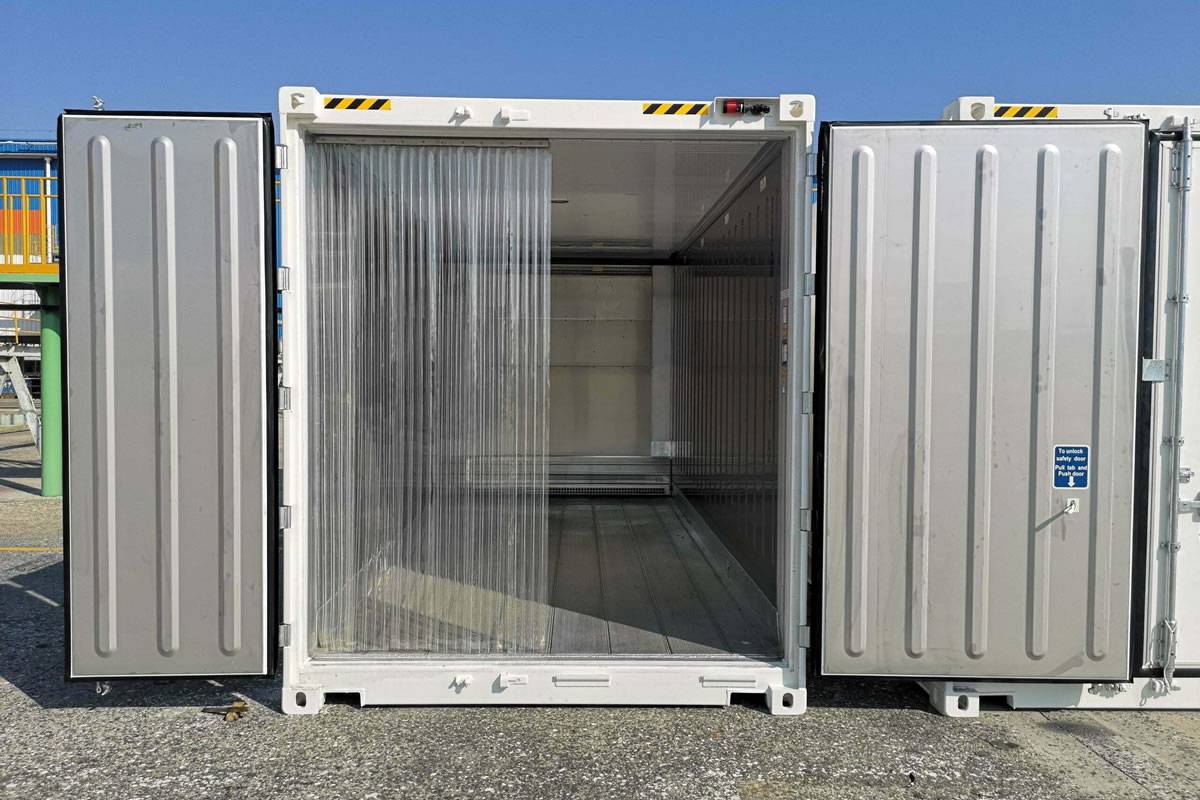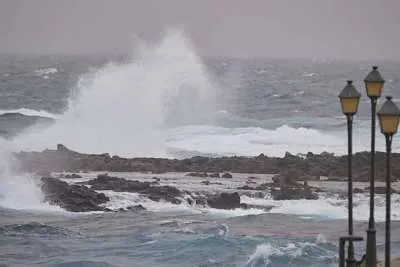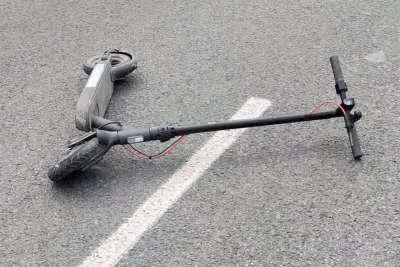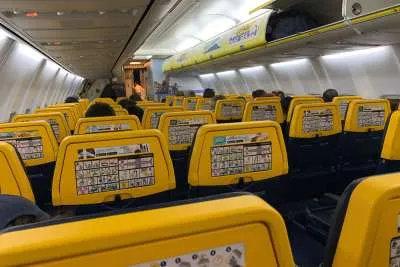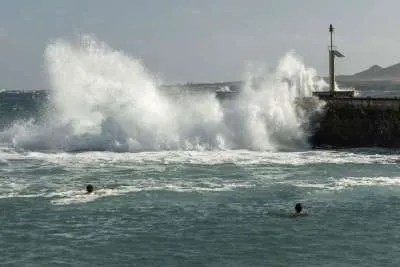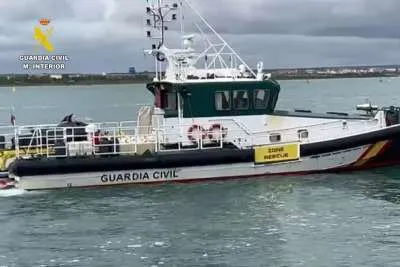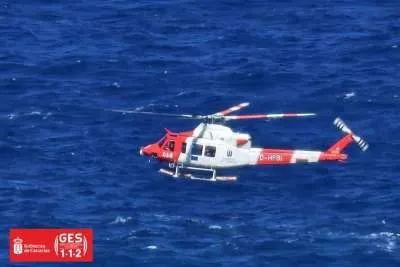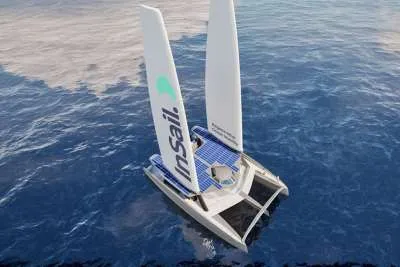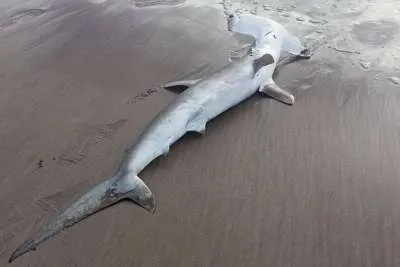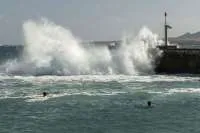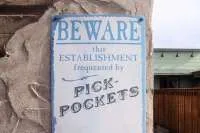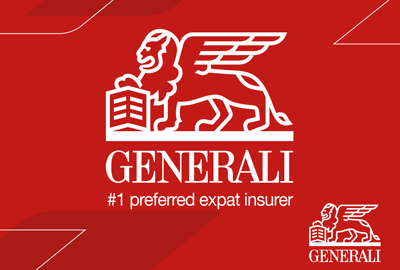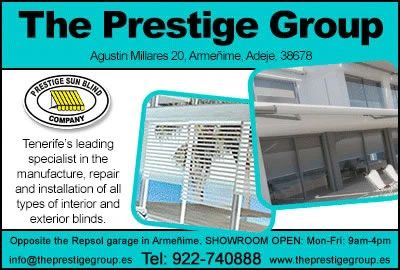7 Tips Before Investing in Reefer Containers for Shipping
- 29-04-2025
- Business
- collaborative post
Shipping temperature-sensitive goods isn’t just about picking the best route. If your business deals with frozen food or anything that needs to stay cold or frozen during transport, then reefer containers are a must. But before buying or leasing one, there are a few things to know as making a bad choice can lead to wasted money.
This article provides seven tips that will help you make the right investment.
1. Understand What You’re Shipping
Different items need different temperatures. Frozen fish or meat may need sub-zero temperatures. On the other hand, fresh fruit or flowers need just a cool, steady environment. If your goods are sensitive to moisture or need a constant airflow, you’ll want a container that offers those features. Always remember that the more you know about your cargo, the easier it will be to find the right container.
2. Check the Temperature Range
Some reefer go as low as -30°C, while others can stay steady around 5°C or higher. Before investing, make sure the container’s range matches what your product needs. Don’t assume all containers go that low or high. If you ship different products at different times, buy a reefer that allows flexible settings. A wider temperature range helps you avoid investing in separate containers for each product type.
3. Know the Power Source
Reefer containers without power are just like metal boxes. Some containers come with a backup generator, whereas others need to be connected to electricity at all times. If your container spends long hours waiting between trips, you’ll need to think about power backup. Furthermore, check how much power it uses. Make sure your team knows how to handle power issues so your goods don’t get ruined during:
· Delays
· Transfers
4. Look at the Size and Capacity
The most common reefer containers are 20-foot and 40-foot options. A smaller container may seem cheaper, but if you always need to move more, it may cost you more in the long run due to repeated trips. Furthermore, check how much weight the container can hold. Some goods may not take up much space, but they’re heavy. Make sure the container is strong enough and that it fits your transport needs.
5. Make Sure It’s in Good Condition
Whether you’re buying or leasing, you need to carefully inspect the reefer container. A small crack or gap can lead to temperature loss which can ruin your cargo, especially during long trips. Also, check the cooling unit. Turn it on and see how fast it cools, listen for strange noises or signs of wear. Ask for a maintenance report, if possible, as spending a little more on a better unit can save you trouble later.
6. Learn the Maintenance Needs
The interior of the reefer containers needs to be washed after every trip to avoid bacteria. Before investing, find out how the container needs service and how to get replacement parts. Some brands are easier to fix than others, you don’t want a container that takes weeks to repair or one that requires special tools that aren’t easy to find. Plus, train your staff on how to use and care for the container.
7. Think About the Long-Term Cost
A cheaper container might cost more in repairs or lost cargo. Choosing a quality container might cost more upfront but last longer and perform better. Leasing gives you flexibility without the full cost of ownership. But if your shipping needs are steady or growing, buying might be better in the long run. Compare both options and calculate the total cost over a year or two. Don’t forget to include:
· Fuel
· Repairs
· Insurance
· Storage
Protect Your Cargo, Save Your Costs!
Choosing the right reefer container is about protecting your cargo and avoiding costly problems during shipping. If you take the time to learn what you need and understand the full cost, you’ll make a smart decision. Reefer containers play a big role in moving goods safely, especially for businesses that rely on freshness. So, before you buy or lease one, go through these simple tips, ask questions, and don’t rush.
Other articles that may interest you...
Trending
Most Read Articles
1.
Featured Videos
A Vision of Elvis Tenerife Promo
- 10-05-2025
TEAs 2025 Highlights
- 17-11-2025


